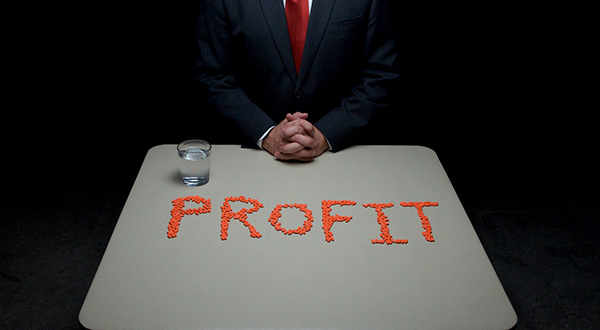The pharmaceutical industry is becoming increasingly unpopular with the American public – and steep, ongoing and highly questionable price gouging on medications many people depend on isn’t the whole of it. For example, a great deal of advertising includes lists of the many unpleasant side effects associated with the medication being advertised (although potentially fatal ones are virtually never mentioned).
There is also the dire warning, “diet and exercise may not be enough!”, aimed at people who may be attempting to control their conditions holistically and by making simple lifestyle modifications. These ads are increasingly alienating consumers – which is the last thing a profit-driven industry wants to have happen. In recent years, however, Big Pharma has been turning to a workaround, known as “unbranded advertising.”
Traditional branded advertising focuses on consumer perceptions of a given product and/or company in order to build a loyal customer base. Because image is so important, a large company typically spends hundreds of millions of dollars on building its brand. “Unbranded advertising” consists of messages that do not associate products with any company or manufacturer. Often, even the product is not specifically mentioned by name. Ostensibly, the purpose of unbranded advertising is to raise awareness of a particular issue or problem for which the product offers a solution – in this case, health issues, diseases and medical disorders.
A recent example of unbranded advertising is a campaign conducted by Mylan, manufacturer of the EpiPen. This campaign includes a website called FaceYour Risk.com as well as graphic videos (such as this one), presenting the dangers and consequences of allergic reactions – which the EpiPen is designed to treat. As any advertising executive will tell you, fear is a powerful motivator – and in this case, it has apparently worked well. It has resulted in a 67% growth in demand for the EpiPen since 2009. It has has also enabled Mylan to take a decades-old product (the epinephrine injector was first developed in the 1970s) that delivers about a dollar’s worth of medication and raise the price to consumers by a whopping 400 percent. Over the past nine years, the consumer price of the life-saving medication has gone from around $50 per pen to over $300 ($608 for a “two-pack”).
At the same time, the fear-based advertising campaign has led to legislation in 47 states, either requiring schools and other public institutions to keep EpiPen’s on hand for food allergy emergencies. In addition, places such as theme parks, hotels and restaurants are now stocking the devices – yet another cash cow for Mylan. Since Mylan acquired the product from Merck in 2007, sales figures for the EpiPen have gone from $200 million to more than $1 billion a year.
In the case of large pharmaceutical corporations, unbranded ad campaigns masquerade as “concern” over health problems. Big Pharma has no such concern. Unbranded advertising is simply another marketing ploy. The fact, as demonstrated by Mylan’s recent price gouging and profiteering, is that Big Pharma doesn’t care about anything except increasing its profit margins – and if a few human lives are sacrificed in the process, that’s just one of the costs of doing business.

